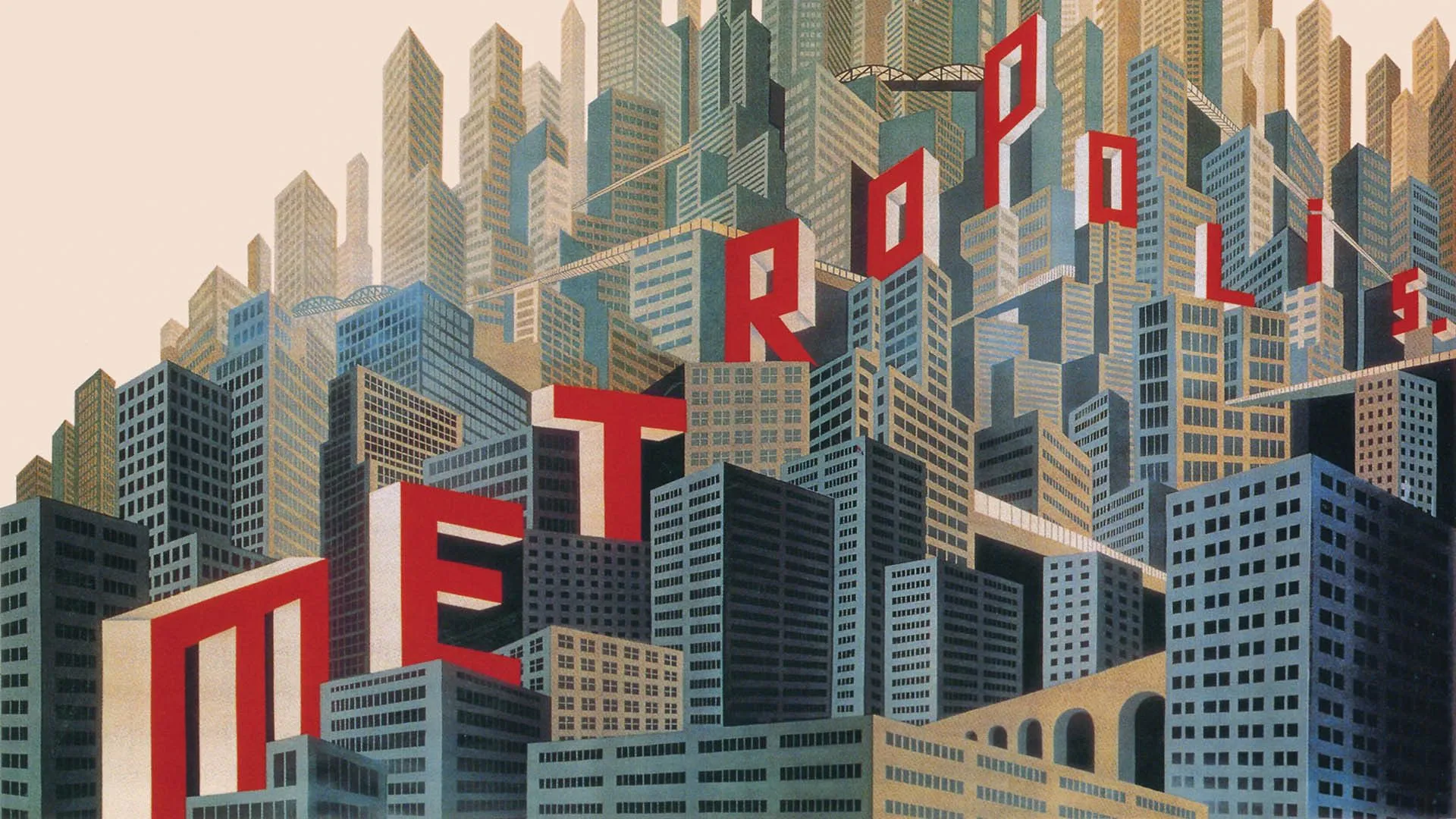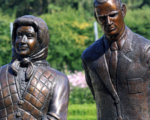Almaty: From Soviet Drabness to Central Asia’s Cultural Capital

Almaty, Kazakhstan’s largest city with a population of 2.2 million, has undergone an extraordinary transformation since the fall of the USSR. Once a typical Soviet metropolis, it has reinvented itself into the beating heart of Central Asia, blending modernity with tradition to create one of the most dynamic cities in the region.
Today, Almaty boasts a world-class metro system, a flourishing banking and finance sector, luxury boutiques, and contemporary shopping malls alongside its vintage bazaars. The city has also become a culinary hotspot, fusing traditional Kazakhstan flavors with modern techniques, drawing international praise. In fact, Almaty’s food scene, with its “neo nomad” cuisine, has become a key part of the city’s cultural renaissance, with restaurants offering innovative dishes like marinated horse meat samosas and smoked brisket.
The city has evolved into the cultural epicenter of Central Asia, with an ever-expanding array of world-class museums, galleries, and performance spaces. Almaty is home to the Abilkhan Kasteev State Art Museum, which showcases Kazakhstan’s rich artistic heritage, as well as the avant-garde Tselinny Center of Contemporary Culture, opening next year, which will highlight cutting-edge music, theater, and art. Public spaces, such as the Almaty Metro, feature beautiful, elaborately decorated stations that pay homage to both Kazakhstan’s past and present.
Long-time American resident Dennis Keen, who advocates for historic preservation, notes that Almaty is “incredibly livable.” The city offers green spaces, a clean environment, and a reliable public transport system that makes owning a car unnecessary. The thriving creative scene, coupled with its lively culinary culture, has transformed Almaty into a destination for entrepreneurs, artists, and foodies alike.
Once, the city was a modest fort under Russian rule, growing into a modest city in the mid-19th century. After Kazakhstan gained independence from the Soviet Union in 1991, Almaty’s status as the national capital was moved to Astana (now Nur-Sultan). However, instead of dampening the city’s spirit, this shift sparked a cultural and entrepreneurial revival. Almaty quickly became a beacon for creativity and innovation, its entrepreneurs and artists embracing the freedom that came with this new chapter.
The culinary scene is a prime example of this reinvention. Almaty chefs have embraced the legacy of the nomadic people who once roamed the vast steppes of Kazakhstan, reinterpreting traditional techniques like open-flame cooking and meat-smoking in a contemporary context. Restaurants such as Auyl in the Medeu Valley offer luxurious takes on traditional dishes, using heirloom ingredients and slow-cooked meats to create artful seven-course tasting menus. The city’s neo nomad cuisine marries Kazakhstan’s past with its present, delighting visitors with a fusion of flavors that speak to both the region’s history and its future.
Along with food, art is thriving in Almaty. The city’s underground art scene is just as exciting as its public displays, with hidden gems like a secret private museum, whose location and owner are closely guarded. This mysterious collection offers an eclectic mix of Kazakhstan’s cultural history, from medieval chastity belts to Soviet-era mementos. Meanwhile, the forthcoming Tselinny Center of Contemporary Culture will provide a hub for contemporary thought, bringing together artists, intellectuals, and creatives from around the world.
Public art is another area where Almaty excels. The city is dotted with striking pieces of Socialist Modernist architecture and vibrant murals. Keen has spent years documenting and preserving these hidden treasures, showcasing them on walking tours that reveal the city’s Soviet-era artistic roots.
Almaty’s appeal is not just limited to its cultural renaissance. For those seeking adventure, the surrounding Tien Shan Mountains offer stunning scenery and a glimpse into Kazakhstan’s nomadic traditions. Visitors can stay in traditional yurts and embark on horseback treks to remote lakes, where ghost forests add an eerie atmosphere to the natural beauty.





















